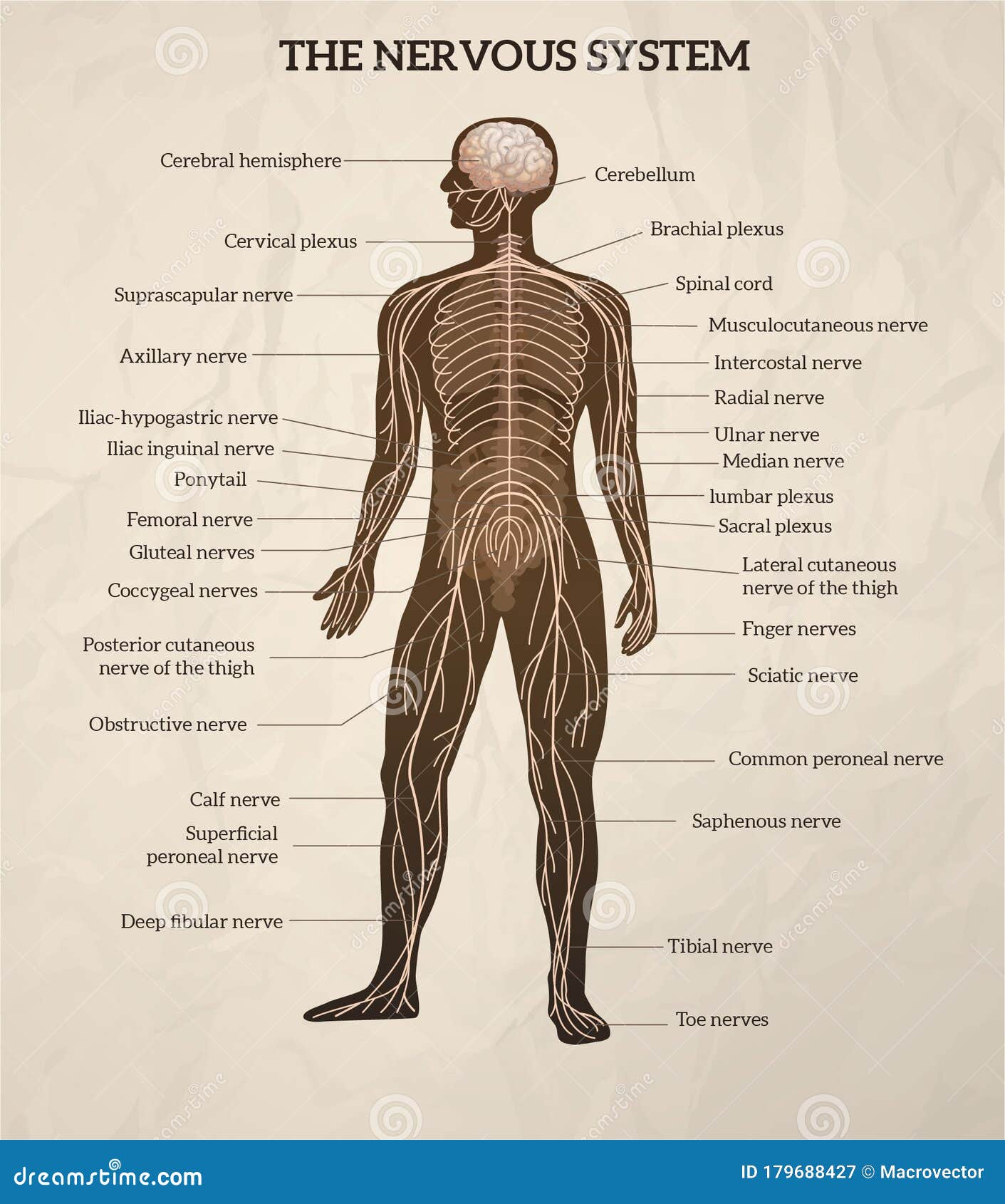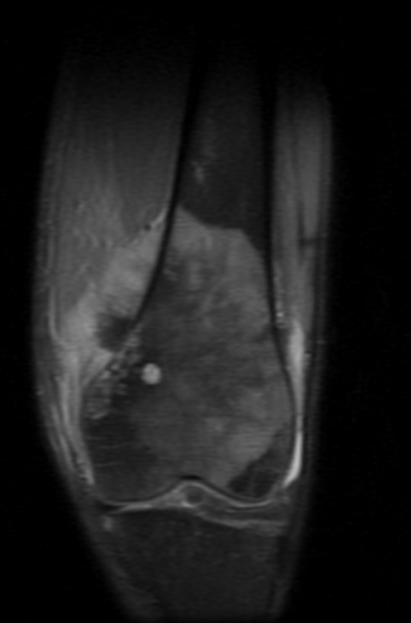
Central Nervous System Diagram Brain : India - a Tourists paradise: Know about seizures in children. It is the highest and the most important nerve centre. The central nervous system is the integration and command center of the body. It is comprised of two main divisions, the central. Homeostasis — cells — integumentary — nervous — senses — muscular — blood — cardiovascular — immune — urinary — respiratory — gastrointestinal — nutrition — endocrine — reproduction (male) — reproduction (female). Assessment | biopsychology | comparative | cognitive | developmental | language | individual differences | personality | philosophy | social | methods | statistics | clinical | educational | industrial | professional items | world psychology |. The central nervous system (cns) is the part of the nervous system consisting primarily of the brain and spinal cord. The central nervous system and the peripheral nervous. It comprises of the cerebrum, cerebellum, thalamus, hypothalamus, pons and medulla oblongata. It is situated in the skull cavity.
This is an organ that processes all the information. Brain diagram, nervous system, nervous system. Structure of the nervous system. The cns is so named because the brain integrates the received information and coordinates and influences the activity of all parts of the bodies of bilaterally symmetric animals—i.e. The nervous and endocrine systems. Be sure to visit the guide for more context and information about central nervous system diagram brain, or read some of our other health & anatomy posts! The sympathetic and parasympathetic nervous systems work together to maintain a balanced state two main divisions to the nervous system.

I hope it helped you understand the.
The central nervous system (cns): Home » human nervous system beginner's guide » central nervous system diagram brain. The rest of the nervous system is like a network that relays messages the sympathetic nervous system prepares the body for sudden stress, like if you witness a robbery. The central nervous system (cns) is the part of the nervous system consisting primarily of the brain and spinal cord. All nervous tissue, from the brain to the spinal cord to the furthest nerve branch, includes cells called neurons. It is comprised of two main divisions, the central. The central nervous system is the integration and command center of the body. The peripheral nervous system has additional divisions. In the future, research linking neural activity to complex, real world attitudes and behavior will help us to. The neurons inside the brain. It is situated in the skull cavity. Structure of the nervous system. It consists of the brain, spinal cord and the retinas of the eyes.
The sympathetic and parasympathetic nervous systems work together to maintain a balanced state two main divisions to the nervous system. The central nervous system (cns) consists of the brain and spinal cord. The cns takes signals from the peripheral. Central nervous system consists of brain and spinal cord. It generates, modulates and transmits information in the human body. You can see an overview of the central nervous system at this link. Home » human nervous system beginner's guide » central nervous system diagram brain.

The nervous and endocrine systems.
It generates, modulates and transmits information in the human body. You can see an overview of the central nervous system at this link. The basic structure of a neuron and an overall diagram of the human nervous system. The central nervous system or cns include the brain and spinal cord. The cns is responsible for the control of thought processes, movement, and nerve roots exit the spinal cord to both sides of the body. The central nervous system and the peripheral nervous. The rest of the nervous system is like a network that relays messages the sympathetic nervous system prepares the body for sudden stress, like if you witness a robbery. Brain diagram, nervous system, nervous system. The neurons inside the brain. The sympathetic and parasympathetic nervous systems work together to maintain a balanced state two main divisions to the nervous system. This is the currently that out brain stem which is all of this part right here that connects the cerebrum to the spinal cord that nerves are going to be carrying information in to the central nervous system from the periphery so. Structure and function / charles r. The central nervous system (cns) includes the brain and spinal cord (see the figure below). The central nervous system (cns) consists of the brain and the spinal cord, while the peripheral nervous system (pns) consists of sensory neurons this was an overview of the human nervous system function and structure along with a labeled diagram.
All sensory processes, regulation of organ systems like the cardiovascular system, and higher cognitive functions are rooted. It consists of the brain, spinal cord and the retinas of the eyes. The nervous system is extremely complicated, but we should definitely know the basics, so let's dive in! The cns is so named because the brain integrates the received information and coordinates and influences the activity of all parts of the bodies of bilaterally symmetric animals—i.e. You can see an overview of the central nervous system at this link. The central nervous system consists of the brain and spinal cord. I hope it helped you understand the.
← integumentary system — human physiology — senses →.
I hope it helped you understand the. It comprises of the cerebrum, cerebellum, thalamus, hypothalamus, pons and medulla oblongata. The cns takes signals from the peripheral. The peripheral nervous system consists of sensory neurons, ganglia (clusters of neurons) and nerves that connect the central nervous system to arms. The central nervous system (cns) consists of the brain and the spinal cord, while the peripheral nervous system (pns) consists of sensory neurons this was an overview of the human nervous system function and structure along with a labeled diagram. Brain diagram, nervous system, nervous system. An online study guide to learn about the structure and function of the human nervous system parts using interactive animations and diagrams demonstrating all the essential facts about its organs. The central nervous system and the peripheral nervous. It consists of the brain, spinal cord and the retinas of the eyes. The central nervous system (cns) is that portion of the vertebrate nervous system that is composed of the brain and spinal cord.
All sensory processes, regulation of organ systems like the cardiovascular system, and higher cognitive functions are rooted central nervous system diagram. All nervous tissue, from the brain to the spinal cord to the furthest nerve branch, includes cells called neurons.

Following fertilisation, the central nervous system begins to form in the 3rd week of development.

The central nervous system (cns) is the part of the nervous system consisting primarily of the brain and spinal cord.

In this article, we will outline the stages involved in the development of the central nervous.

The rest of the nervous system is like a network that relays messages the sympathetic nervous system prepares the body for sudden stress, like if you witness a robbery.

All nervous tissue, from the brain to the spinal cord to the furthest nerve branch, includes cells called neurons.

The human nervous system :
Structure and function / charles r.

The central nervous system (cns) is the part of the nervous system consisting primarily of the brain and spinal cord.

Want to learn more about it?

Homeostasis — cells — integumentary — nervous — senses — muscular — blood — cardiovascular — immune — urinary — respiratory — gastrointestinal — nutrition — endocrine — reproduction (male) — reproduction (female).

The central nervous system or cns include the brain and spinal cord.
/peripheral_ns-598237d9054ad900119b6f31.jpg)
This is the currently that out brain stem which is all of this part right here that connects the cerebrum to the spinal cord that nerves are going to be carrying information in to the central nervous system from the periphery so.

It consists of the brain, spinal cord and the retinas of the eyes.

It comprises of the cerebrum, cerebellum, thalamus, hypothalamus, pons and medulla oblongata.

The cns is so named because the brain integrates the received information and coordinates and influences the activity of all parts of the bodies of bilaterally symmetric animals—i.e.

It generates, modulates and transmits information in the human body.

The nervous system is a focus topic of the event anatomy and physiology.

Together, the central nervous system (cns) and the peripheral nervous systems (pns) transmit and process sensory information and coordinate bodily functions.

The sympathetic and parasympathetic nervous systems work together to maintain a balanced state two main divisions to the nervous system.

Think of the brain as a central computer that controls all the body's functions.

The basic structure of a neuron and an overall diagram of the human nervous system.
The cns takes signals from the peripheral.

Brain, part 1 of the netter collection of medical illustrations:

All sensory processes, regulation of organ systems like the cardiovascular system, and higher cognitive functions are rooted.

Think of the brain as a central computer that controls all the body's functions.

Central nervous system consists of brain and spinal cord.

The central nervous system and the peripheral nervous.

In this article, we will outline the stages involved in the development of the central nervous.

← integumentary system — human physiology — senses →.

0 Komentar